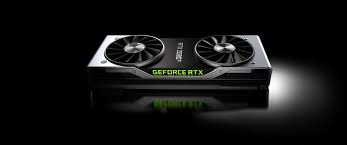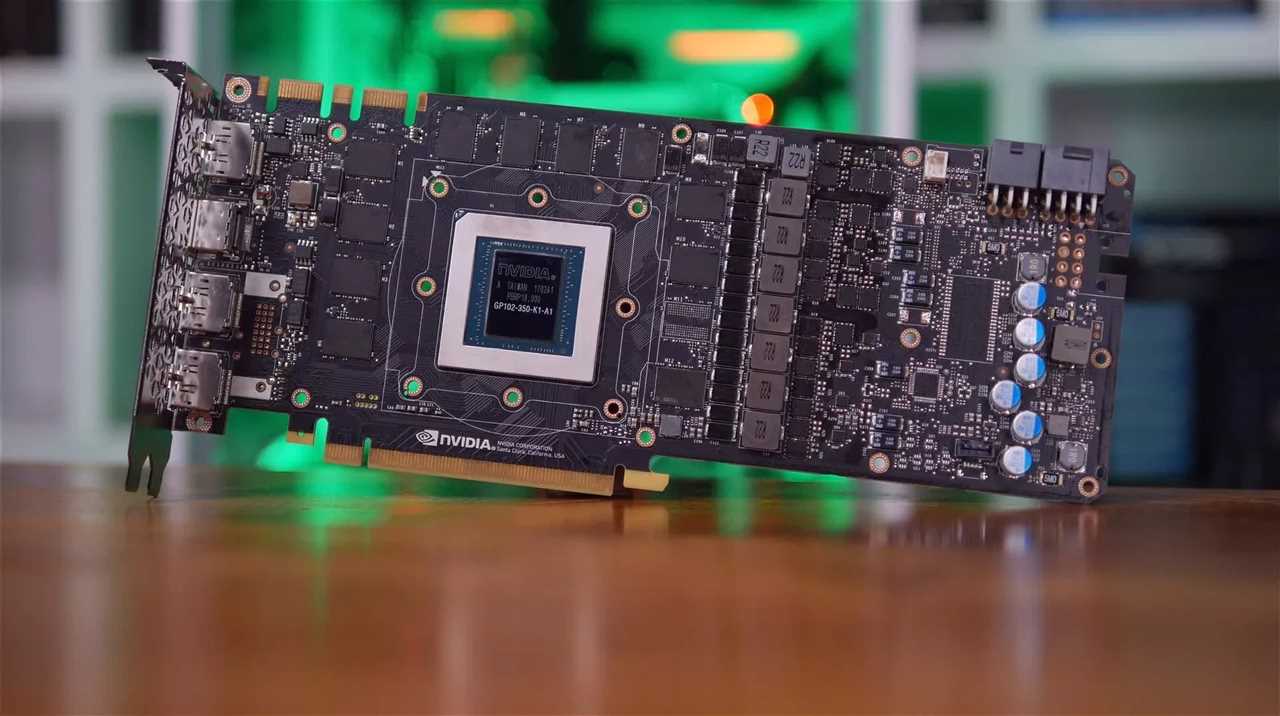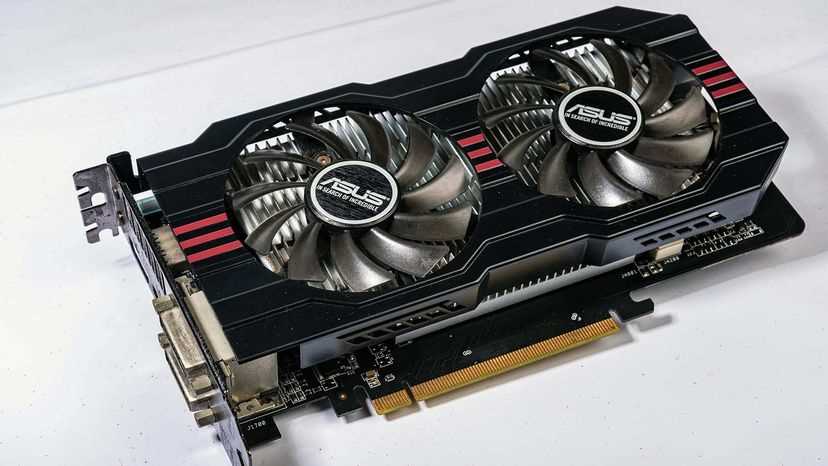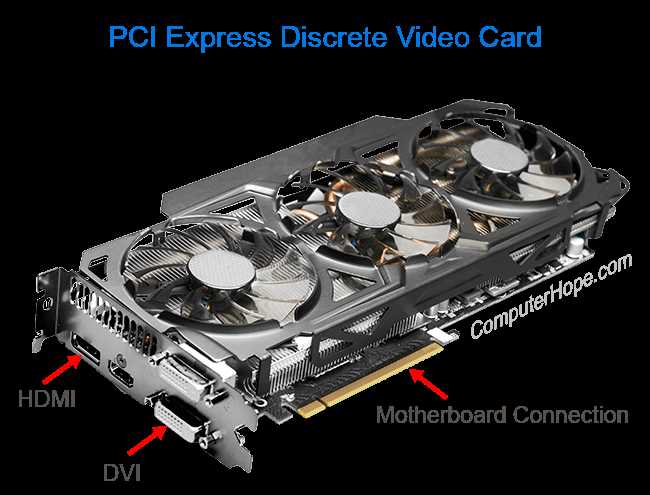What is a Graphics Processing Unit (GPU)?

A Graphics Processing Unit (GPU) is a specialized electronic circuit that is designed to rapidly manipulate and alter memory to accelerate the creation of images in a frame buffer intended for output to a display device. In simpler terms, a GPU is a piece of hardware that is responsible for rendering images, videos, and animations on your computer or other electronic devices.
How does a GPU work?

When you play a video game or watch a high-definition movie, the GPU is responsible for processing the data and generating the visuals that you see on your screen. It takes the instructions from the software and converts them into signals that can be understood by your display device.
Why are GPUs important?

GPUs are essential for modern computing and have become increasingly important in recent years. They are not only used in gaming but also in various fields such as scientific research, machine learning, and cryptocurrency mining.
One of the main reasons GPUs are so powerful is their ability to handle massive amounts of data in parallel. This makes them ideal for tasks that require complex calculations and real-time rendering, such as 3D modeling, video editing, and virtual reality applications.
Furthermore, GPUs are constantly evolving and becoming more powerful with each new generation. This allows for more realistic graphics, faster processing speeds, and improved overall performance.
Definition and Examples

A Graphics Processing Unit (GPU) is a specialized electronic circuit that is designed to rapidly manipulate and alter memory to accelerate the creation of images and videos. It is primarily used in computer graphics and gaming applications, where it performs complex calculations and renders high-quality graphics in real-time.
The GPU is responsible for processing and rendering the visual elements of a computer program or game. It works in conjunction with the Central Processing Unit (CPU) to offload the graphics-related tasks, allowing the CPU to focus on other computations. This parallel processing capability of the GPU makes it highly efficient in handling large amounts of data and performing multiple tasks simultaneously.
One of the key features of a GPU is its ability to perform parallel processing. Unlike the CPU, which typically has a few powerful cores, the GPU consists of hundreds or even thousands of smaller, more efficient cores. This allows the GPU to handle multiple tasks simultaneously, resulting in faster and more efficient processing of graphics-intensive applications.
Another important aspect of GPUs is their ability to perform complex mathematical calculations. This makes them suitable for applications that require heavy computational tasks, such as scientific simulations, machine learning, and cryptocurrency mining. GPUs are also commonly used in artificial intelligence and deep learning applications, where they can accelerate the training and inference processes.
Examples of GPUs include the NVIDIA GeForce series, AMD Radeon series, and Intel Xe series. These GPUs are widely used in gaming computers, workstations, and servers to deliver high-performance graphics and compute capabilities. They are constantly evolving and becoming more powerful, allowing for more realistic and immersive gaming experiences, as well as enabling breakthroughs in scientific research and data analysis.

Emily Bibb simplifies finance through bestselling books and articles, bridging complex concepts for everyday understanding. Engaging audiences via social media, she shares insights for financial success. Active in seminars and philanthropy, Bibb aims to create a more financially informed society, driven by her passion for empowering others.
